Uncertainties include the extent of defence funding, changes to EIC’s investment role and the fate of its scale-up programme
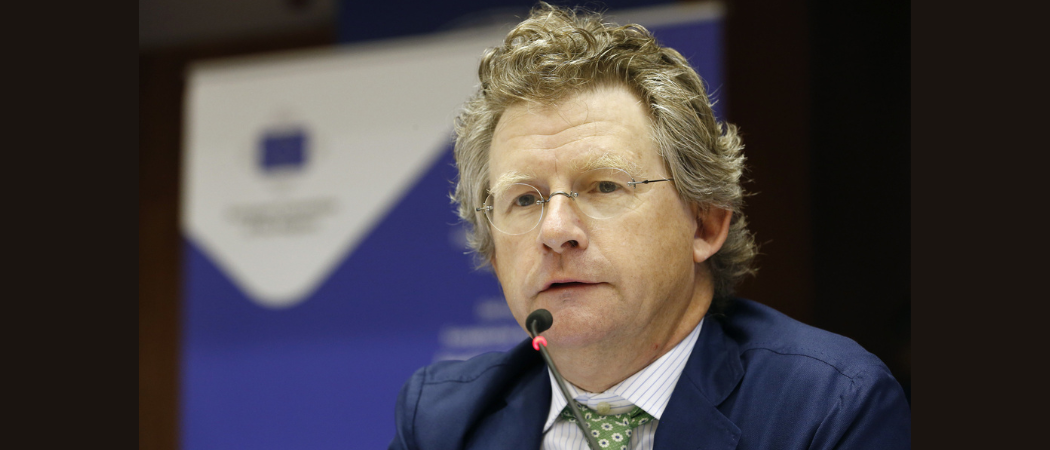
Michiel Scheffer, president of the European Innovation Council board. Photo: European Committee of the Regions / Flickr
The European Innovation Council (EIC) is “cautiously happy” with plans to triple its budget in the next iteration of Horizon Europe, but questions remain about how that money will be spent.
According to Michiel Scheffer, president of the EIC board, more clarity is needed around how much of the budget will go towards defence projects and the role to be played by the new European Competitiveness Fund (ECF).
For example, it is currently unclear whether the EIC’s scale-up instrument, which provides equity investments of up to €30 million under the Strategic Technologies for Europe Platform, will remain in the EIC or be moved to the ECF, where the Commission says future scale-up financing will take place.
The Commission’s proposal for the next Framework Programme foresees future EIC challenge calls being closely aligned with the four priority areas of the ECF, while ECF instruments and Horizon Europe will use a single rulebook. For Scheffer, it is logical to have a connection between the EIC and ECF instruments such as scale-up financing, the Innovation Fund, or InvestEU.
“It would be a huge benefit if the flow of companies from the EIC to the ECF would be easier,” he told Science|Business, suggesting for example a single administrative database so that companies they don’t have to fill in legal and financial forms a second time when they apply for ECF funding.
“At the same time, it’s also important there is a connection between the European Research Council (ERC) and the EIC,” Scheffer said. He wants a fast lane for projects to flow from the ERC to the EIC without having to apply with entirely new documents. “That is, of course, possible with a larger budget. If the budget had been the same, that would have led to a much more closed shop.”
Currently, low success rates in the EIC would make it difficult to create this long-term pipeline without severely restricting the ability of new applicants without prior funding to benefit directly from EIC support.
Investment needs
The start-up community is now hoping the ambitious budget is reflected in the final programme. “We strongly applaud the move by the Commission to massively increase the EIC funding,” said Clark Parsons, chief executive of the European Startup Network.
“Is it enough to provide the support start-ups and scale-ups need? Not nearly, but that's not the EIC's job alone.” Other policies, including the savings and investments union and fixing structural flaws in Europe’s university ecosystem, will be needed to mobilise private capital, Parsons said.
Xavier Aubry, vice-president of the European Association of Innovation Consultants, also welcomed the proposed budget increase, but warned that changes are needed to ensure those funds are deployed. “There are structural issues they have to fix, particularly in the EIC Fund, to make sure that money goes from the Multiannual Financial Framework all the way to the actual start-ups,” he said.
To receive EIC Fund investment, a company must notably find a lead investor. “I’ve seen so many good companies that are struggling to get the lead investor,” Aubry said.
Both the start-up community and the EIC board have been calling for the EIC Fund to have the option of acting as a lead investor for projects of strategic importance or which struggle to secure private financing.
The Horizon Europe proposal does not introduce this possibility, although “there is nothing in the proposal that says it could not be the case,” Scheffer said. This is another detail which must be clarified.
He added that the expansion in the EIC’s budget should help mobilise private investors. “The reason [for the EIC] to be a lead investor should become more because of a strategic interest and less because the private market doesn't move.” he said.
Parsons is also hopeful that a bigger budget will lead to faster funding. “For many start-ups and scale-ups, waiting months and months for funding decisions is simply not a viable option,” he said.
ARPA model
Under the Commission’s proposal, the EIC would incorporate more tools inspired by the US Advanced Research Project Agencies (ARPAs). This would see high-risk projects supported in stages, or discontinued, after assessment by expert programme managers. In 2026, to prepare for its future role, the EIC is set to pilot new advanced innovation challenges, where funding will be awarded in two stages.
Parsons praised the strategy of not picking winners in the beginning but letting multiple projects move forward before making a judgement. This more closely models how venture capital usually works, with a certain amount of failure to be expected, he said.
“If a programme manager knows that the system is designed to handle more risk, perhaps they'll take a bet on the riskier sounding outlier project, which might end up generating the highest impact,” he said. On the other hand, “the unsuccessful things can be stopped early instead of having them eat giant budgets as zombies.”
Aubry is similarly enthusiastic about the two-stage process, particularly if it is applied to the EIC Pathfinder, which supports early-stage technology development and is severely oversubscribed. He agrees the first stage, which in the pilot challenges is a feasibility study, will de-risk funding decisions. “Right now, they’re essentially making huge bets of €3.5 or €4 million on things that will never result in anything tangible,” he said.
Conversely, he expects this could benefit lower-risk projects. Today, fierce competition means “the funding goes to the outliers, the crazy blue-sky research thing that no one else has ever thought of,” while start-ups have “almost zero chance” against well-known research institutes, he said. As a result, his consultancy has stopped supporting Pathfinder applications.
The EU must however be careful not to create a new market for technology consultancies to benefit from the programme, Aubry warned. “Companies will come and help you write the application for step one in exchange for being the main supplier of R&D services, and then the money will not go to the start-ups,” he said.
He also has concerns that the expanded role of EIC staff and programme managers will lead to a “politicisation” of decision making, where funding is based not only on excellence but also on having the right connections.
Where will the money go?
While the EIC board will offer advice, the Commission will ultimately decide on a yearly basis how the EIC’s budget is spread across its different instruments. Scheffer agrees that an ARPA approach would likely favour grant rather than equity funding, and particularly low technology readiness levels. “Pathfinder is the closest to an ARPA philosophy,” he said.
The EIC board president welcomed the focus in the proposal on programme managers and business acceleration services, which are likely to benefit more than other areas from the increased budget. Under an ARPA model, programme managers are expected to gain more authority. “Either they have a stronger say in selecting the projects, or more in the American way, they have a veto, or they have stronger power in stopping or combining projects,” Scheffer said.
Hiring skilled programme managers will be essential to the strategy, and that means paying competitive salaries. Parsons points out that German innovation agency Sprind had trouble recruiting experts before a law change in December 2023 relaxed salary rules.
“It would be a shame to spend tens of billions on grant funds but skimp on the people choosing which project should win or lose. If we really want experts to make great decisions, we need to be ready to pay for that,” Parsons said.
An ARPA approach would also require a stronger connection between technology projects and procurement, Scheffer notes. “The real impact of ARPA is the buying power of the US government. That is something we also have to organise,” he said.
In practice, close links to the ECF could mean directing more funds to challenge calls. Currently, 45% of projects fall under challenges and 55% come under open calls. The EIC Board recommends reversing those figures.
The EIC Transition instrument, which supports the maturation and validation of technologies based on EU-funded project results, specifically figures in the proposal, unlike in the current Horizon Europe regulation. The EIC Transition has been “a very successful but underestimated instrument,” Scheffer said.
It may be worth expanding the Transition grants relative to Pathfinder and Accelerator to create more interactions with ERC and Pillar 2 collaborative projects, he said. Under the Commission’s plans, the EIC could also evaluate Transition calls on a rolling basis rather than having a single call deadline each year.
Defence question
There is further uncertainty around how much of the EIC budget will go towards defence, Scheffer notes.
Under the Commission’s plans, the whole of Horizon Europe would be open to dual-use projects with civilian and military potential. The EIC board will soon provide advice on how to address dual use, but the EIC will have the added possibility of funding defence start-ups and SMEs.
“In the board, there’s a feeling that [specific defence funding] is possible, but it should be with specific challenges,” Scheffer said. For instance, one or two themes each year where defence start-ups, scale-ups and SMEs can be supported.
For third countries to receive EIC defence funding, they would have to be associated both to the Framework Programme and to the defence activities of the European Competitiveness Fund, a Commission official confirmed.
Finally, changes are proposed to the status of the EIC board president. As with the ERC president, the Commission wants to reduce the term from four years, renewable once, to two years, renewable once. Scheffer, who has a background in politics, is not concerned. “You can really build something in four years,” he said.
Meanwhile, he is “very much in favour” of the proposal for the EIC president to have the status of an independent special adviser. This would clarify the position, as Scheffer currently performs a dual role as president of the EIC board and temporary official of the Commission. “It helps to focus more on the advisory role of the board and the president and less on being the ambassador of the EIC,” he said.
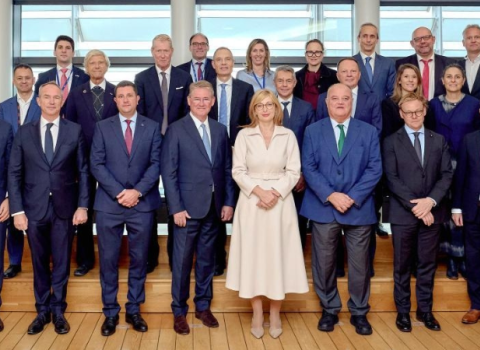

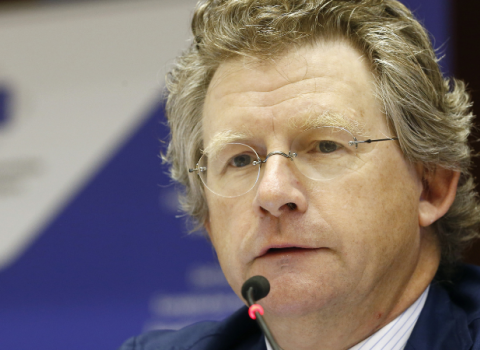
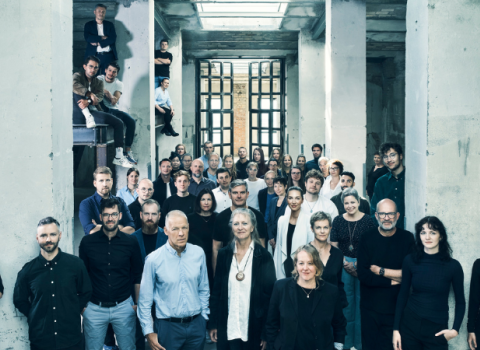
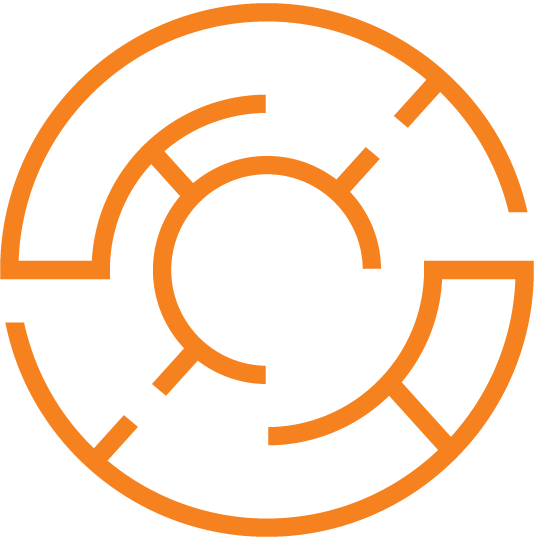
 A unique international forum for public research organisations and companies to connect their external engagement with strategic interests around their R&D system.
A unique international forum for public research organisations and companies to connect their external engagement with strategic interests around their R&D system.